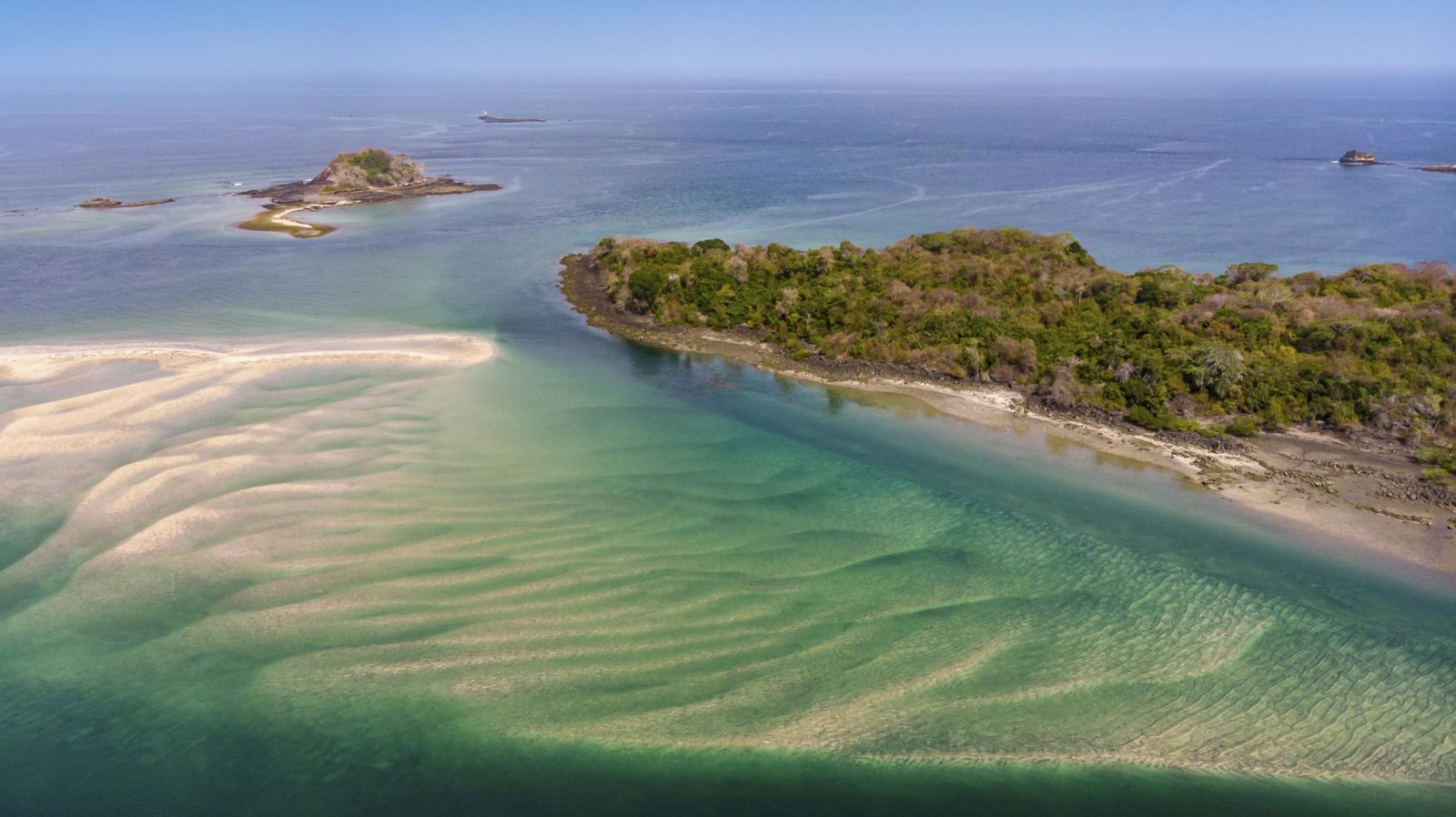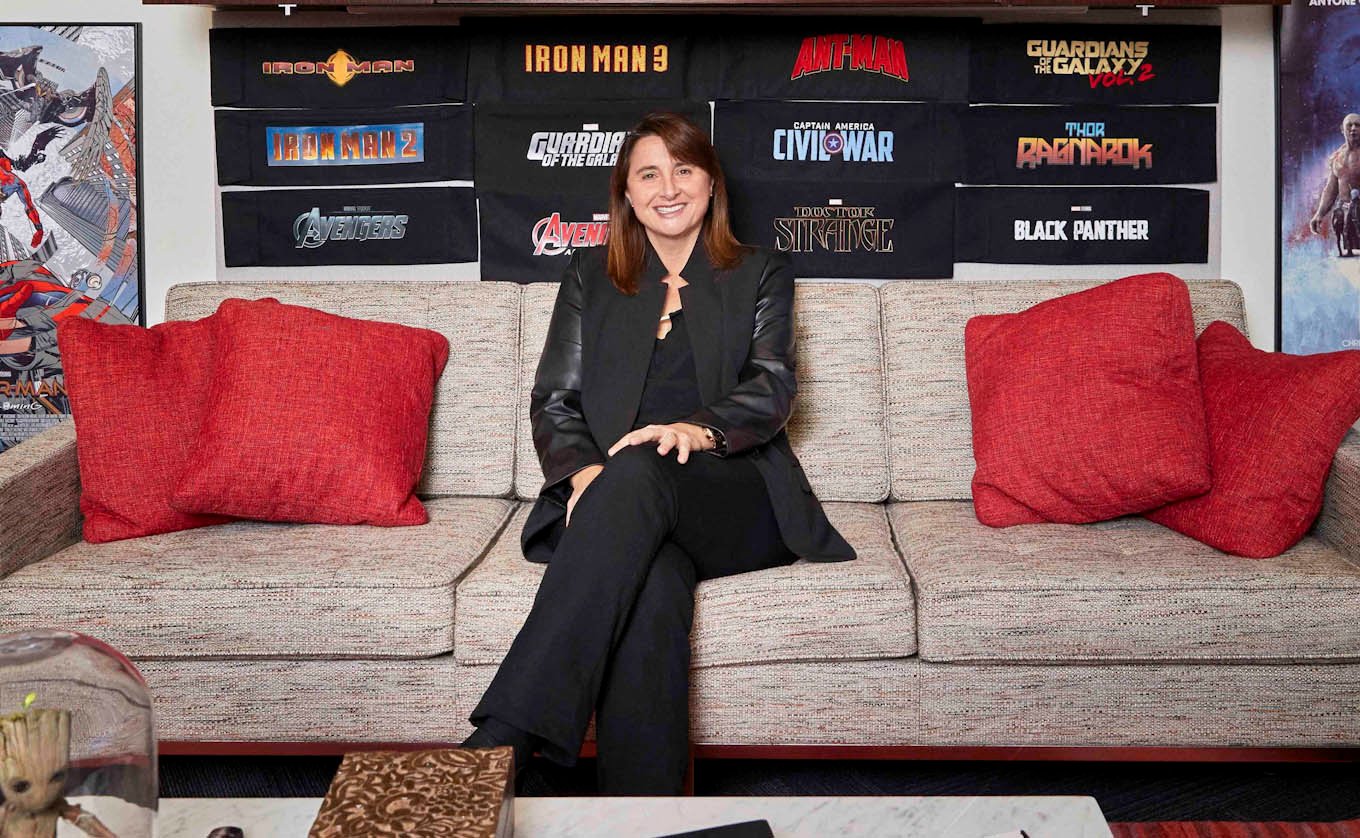
Under the Musical Notes of Mamoní
By: Victoria Regia
Photos: Javier Pinzón
The magic of a place often depends on the people. Perhaps that is why sitting by the fire tonight is so special. The loud croaking of the frogs in the rainforest outside produces the low notes we hear, and the high notes correspond to the pouring rain. We can also hear the occasional sharp, deep sounds of the thunderstorm, the kind that only occurs during Panama’s wet Novembers. Inside, however, the soft sound of Chelín Núñez’ magical violin lulls us. Núñez ,one of Panama’s foremost musicians, accompanies singer-songwriter Alfredo Hidrovo. Some sway softly in their hammocks, others stretch out on comfortable mats atop a rug, while the rest of us listen entranced from our chairs.
Gabriel Salazar lights the fire using the most rudimentary system possible: hitting a knife against a stone and letting the sparks fall over a piece of plastic. He brings the wisdom of the farm settlers, who tamed the interior of Panama by machete alone, to this group. Atencio López and Geodisio Castillo are also here, representing the Kuna people, whose territories border the preserve we are visiting. Raúl Mezúa, a handsome young Emberá, rounds out this group of indigenous people. The group’s director is Nathan Gray and Líder Sucre is the environmental leader. The rest of us are city dwellers searching for an experience with nature that will help us maintain our connection to the Earth.
This scene is taking place in the Mamoní Valley Preserve, one of the largest private nature preserves near a capital city in the Americas. The preserve protects more than fifty miles of ecologically valuable streambeds. An international center here trains young leaders and fosters biocultural renewal in different geographic regions and ethnic groups. The preserve is not a private piece of property, but rather a growing coalition of individuals, families, and organizations dedicated to important activities like ecological restoration, forestry, and transcontinental river expeditions with young indigenous and rural leaders in training.
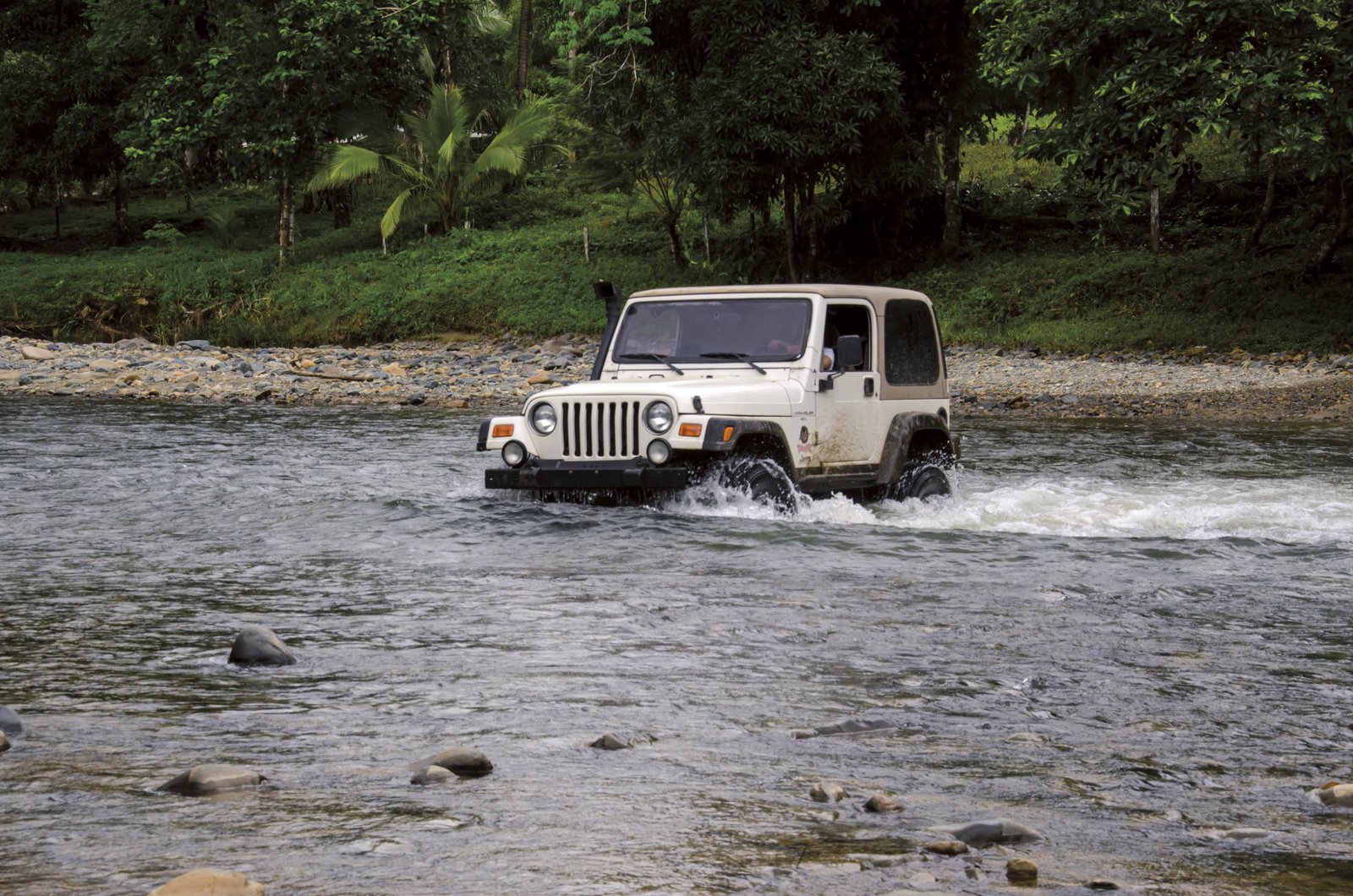
The trip from Panama City is very short, but in the company of Líder Sucre it becomes a rich experience. This impressive young man, who attended Harvard Business School to learn to build financial capital, has instead devoted himself to building human capital. I met him twelve years ago when he was directing Ancón, the most prestigious environmental NGO in Panama. I saw him on the coasts of Veraguas supporting small family projects, promoting lodging in the homes of fishermen, and restaurants in the courtyards of private houses, in an effort to create income for the coastal communities that were being pressured to sell their land to the encroaching international tourism industry.
Now I see him here, managing international funds to make this dream come true and reveal the most curious secrets of nature. He found the best spot on the road for a rest and placed benches under the shade for us, the city-dwelling hikers. He identified the best vantage point for watching the sunset, and he carries enough hammocks on his shoulders for all of us to enjoy the sound of the wind blowing through the bamboo, the songs of the birds as they return to their nests, and the crashing of the waterfalls…
So of course, shortly before we reach our destination, Líder stops the cars at the highest point on the road to show us the smooth, undulating hills that make up the preserve. He explains that this constitutes the largest block of surviving contiguous forest in the exceptionally biodiverse Chocó-Darién eco-region, considered by the World Wildlife Fund (WWF), The Nature Conservancy (TNC), and Conservation International (CI) to be one of the world’s greatest conservation priorities.
Líder explains that hundreds of plants and animals in the tropics are restricted to very narrow bioclimatic strips and that a wide range of different species exists on each thermal floor. That is how Panama’s rugged geography produces the exceptional biodiversity of this region.
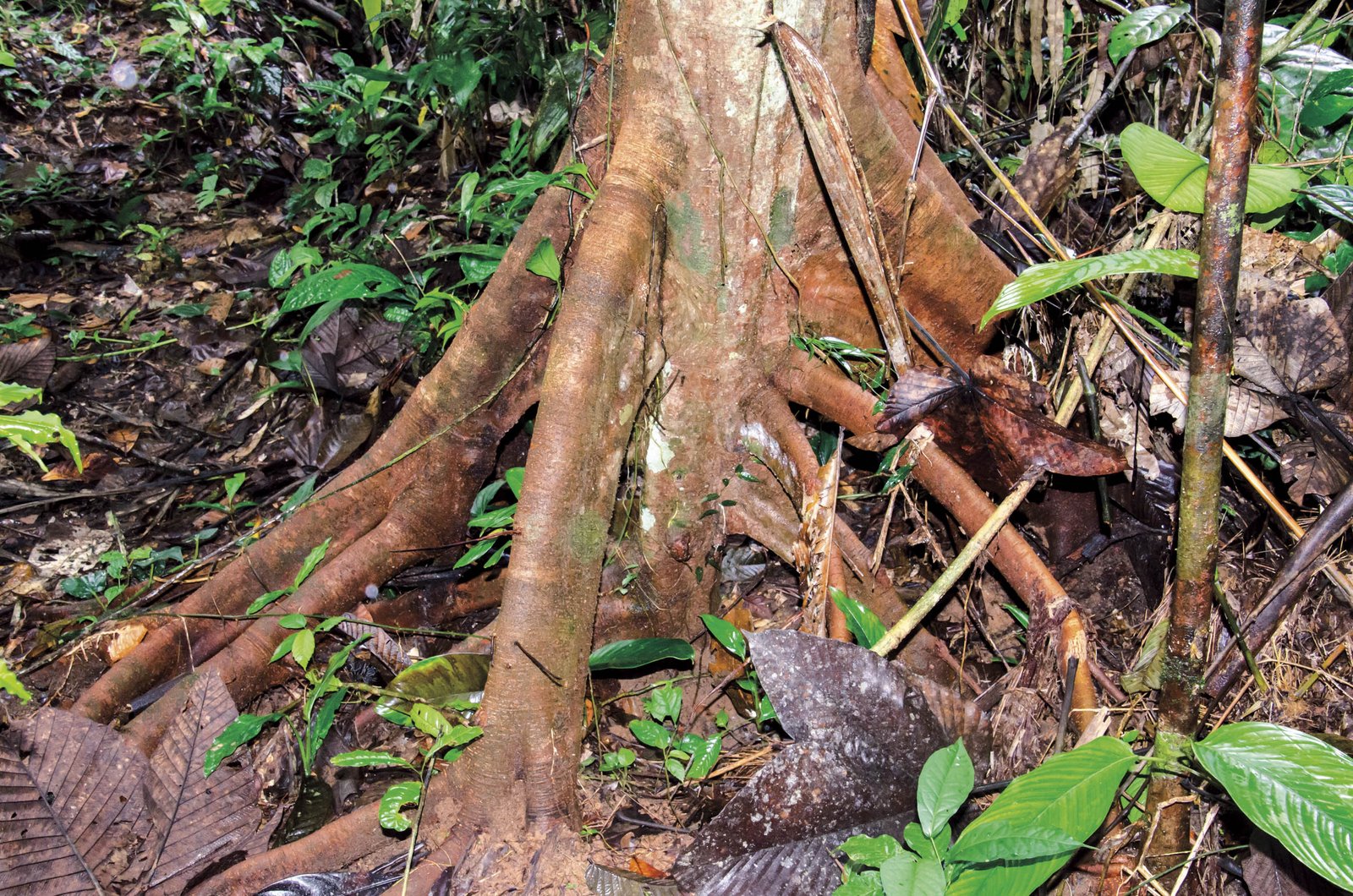
From the lookout we observe the various layers of clouds and the topography that marks the river’s course. It drops nearly six hundred feet in just a few miles, and later stretches through the valley and resumes its descent until it arrives at the Bayano Dam. This is one of the largest water sources for Panama City, second only to the Panama Canal Watershed. “When they begin working with the Bayano River Watershed, as has been announced, they will be taking advantage of the waters of the Mamoní —the tributary nearest the city— and then they’ll see the importance of having preserved these forests.” A few miles later we arrive at the most difficult part of the road, where we must cross the great Mamoní by car. It’s rained a lot, but the river is calm. It will rain much more over the next couple of days, so when we return, our skills at the helm will be put to the test.
After we arrive at the preserve, we make ourselves comfortable in a large kiosk built of wood and straw; it comprises the kitchen, dining room, and meeting place for this unforgettable gathering. The 16,000 square foot visitor’s center has eight small houses where we put our tents. Each house has a toilet, table, chairs, hammocks, and a place to rest comfortably after walking through the preserve. A micro-hydroelectric system supplies energy, and satellite broadband service connects us to the world.
When I ask Nathan Gray if we can talk about the preserve, he suggests we look for a quiet spot. We put a couple of chairs behind the bamboo to separate us from the group and connect us with the forest and the soft whisper of the wind. Gray is a born leader, the type who dreams of making a difference and works hard to achieve it. He has always believed in young people, so his work focuses on developing youth leadership and supporting groups of young people, led by young people.
With this goal in mind, in 1990 he created Earth Train, a movement that received widespread media coverage in the U.S. It all started with planning a Train Museum in San Francisco; he found so much passion and enthusiasm in the volunteers that he wanted to direct them toward something bigger. So, in 1992 he brought together 250 people under the age of 21 from forty different countries to cross the U.S. on a steam engine. The goal was to send a message to the world’s youth that they should not wait for adults to come clean up the mess; the time to do something is now.
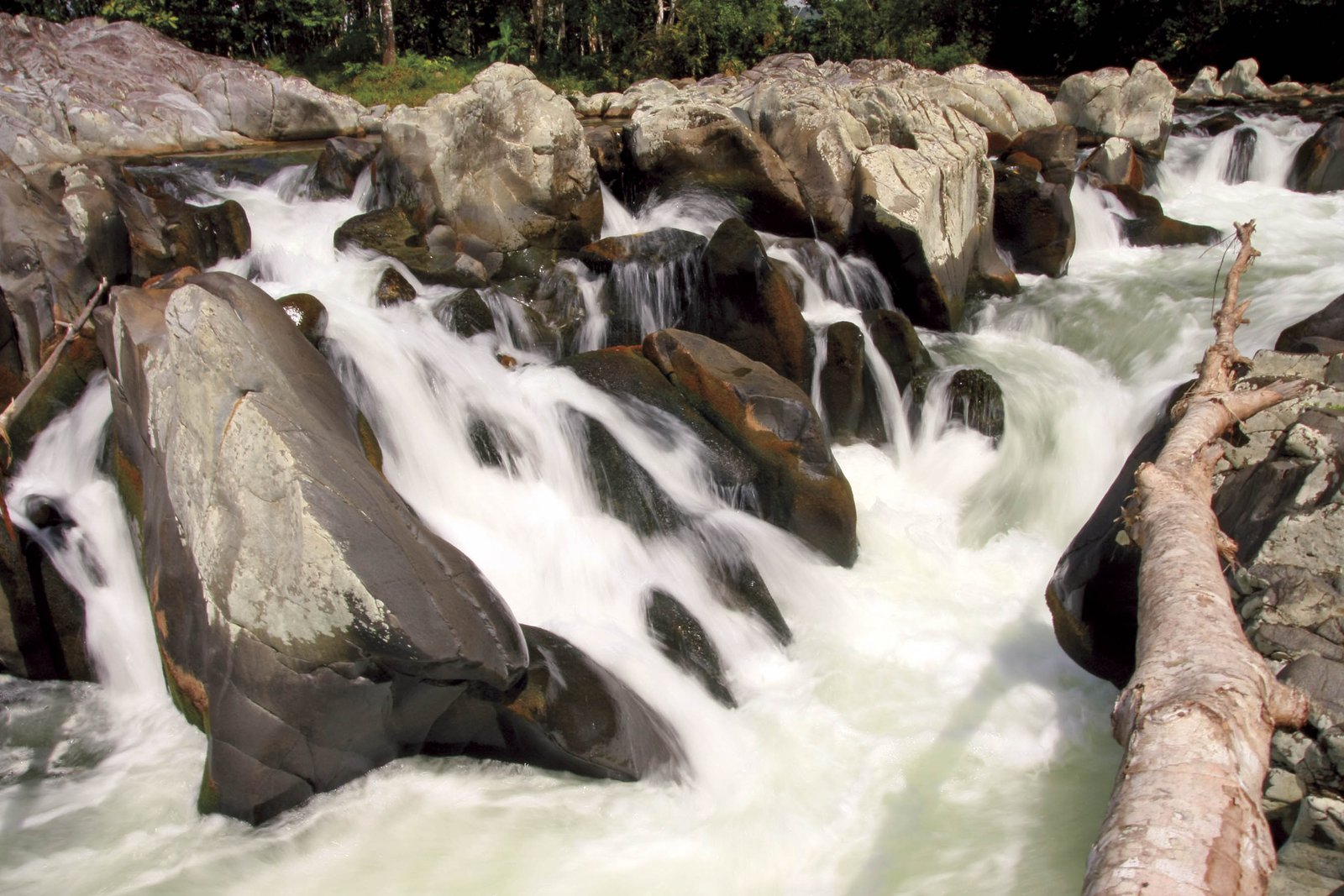
The “train of young people on a mission” that crossed the continent captured the attention of the media. They held workshops and conferences in Los Angeles, San Francisco, Chicago, New York, Washington, and many other cities. They went on to work with the United Nations and in 2002, young people from 140 countries held a youth conference to parallel the Earth Summit in Rio de Janeiro, sending reports to the official meeting. They later repeated the train experience in Canada, México, Europe, India, and Japan…“It was fascinating.”
Nathan laughs when he recalls that era of enthusiasm, but explains that ten years ago his organization entered a new stage. “Now we make less noise,” he says. His new goal is to create a space where groups of young people, directed by young people, can receive support and direction. “Lots of organizations are created for young people, but they are directed by adults. Organizations created and directed by young people themselves are not supported. This is about giving them an opportunity and calling attention to this type of leadership. That is what we’re looking for in this field. It’s not about supporting environmental organizations. It’s about wholly supporting young people. We look at all the aspects of a healthy life, in a broader sense than just the environment.”
In 1994 they began holding workshops in the countryside. They used a tropical studies farm in Puerto Rico to develop training modules with analytical tools. Young people faced physical challenges in the environment (climbing waterfalls, crossing rivers), participated in community work and social service, and received leadership training. The experience was so positive that in 2000 they decided to repeat it. They soon realized that due to visa limitations, Puerto Rico was not the right place to attract young people from different countries. They considered México for their headquarters before finally establishing a center in Panama in 2001, in this corner of Mamoní.
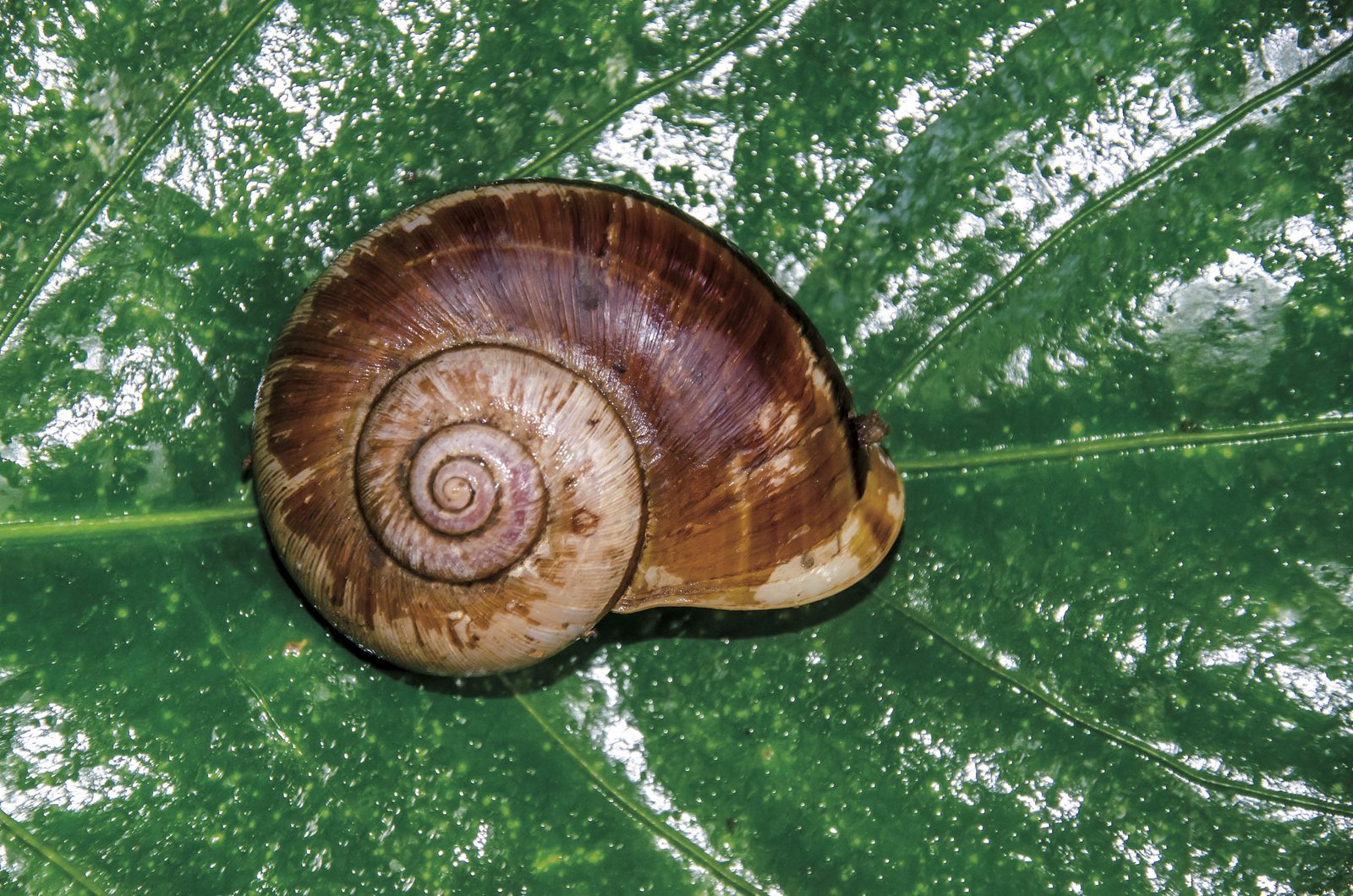
This is how the Mamoní Valley Preserve came to be. It started with 198 acres degraded forest that the group began to restore. The preserve has now come to protect and recover more than 10,000 acres of land. “For three years we focused on organizing small work-study sessions for local youth and indigenous people, and foreign university students who were open to getting their hands dirty planting trees, working in construction, and dealing with the ambiguities and challenges of being pioneers in a center that borders the forest and semiautonomous territories of the indigenous Kuna.”
They soon discovered the ecological importance of the place they had chosen and the environmental risks it faced from the presence of large cattle ranchers who were burning primary and secondary forests to extend their pastures. “With our partners, we set the ambitious goal of expanding our preserve to 10,000 acres. For five years we steadily devoted ourselves to gradually buying the land that surrounded our preserve, until we surpassed our goal. We now have most of the upper Mamoní watershed and six of its tributaries under our management.”
The extraordinary ecological richness of the place, the group’s success, and the seriousness of their leadership has attracted the interest of major cultural figures, including legendary jazz musicians Danilo Pérez and Herbie Hancock, scientist and educator Dr. Jane Goodall, and institutions like the California Academy of Sciences, the Berklee College of Music, and the Outside Adventure Film School.
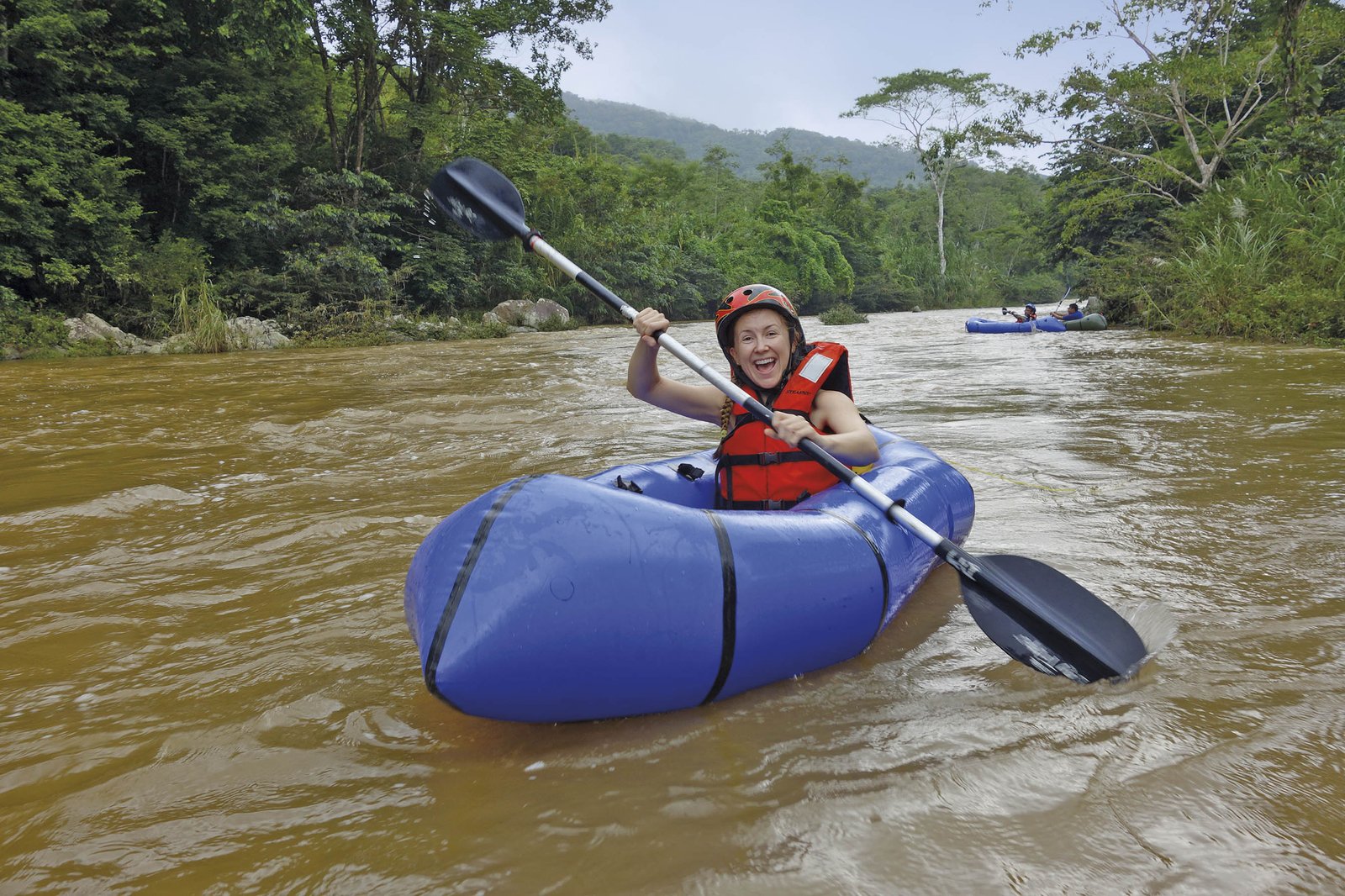
Just a few days ago, the center hosted workshops during the popular Panama Jazz Festival, managed by Danilo Pérez. These workshops marked the beginning of Junglewood, a performing and visual arts project that celebrates the connection between nature and music, which will take place at the entrance of the preserve.
The center will include a boutique eco-hotel and cabañas, with an area for events. The prominent set designer Bill Harkin has designed a natural amphitheater for outdoor theatrical presentations. In addition, the Mamoní Valley Preserve will be the site for the field programs of the Biomuseo, the Frank Gehry-designed biodiversity museum currently under construction near the Pacific entrance of the canal in Panama City.
Earth Train’s Mamoní Science Center facilitates research activities in biological science, sustainable development, and ecological design. It has collaborated with the California Academy of Sciences’ Center for Biodiversity Research and Research (CBRI) and hosts researchers from Michigan State University’s Center for Global Change and Earth Observations.
Earth Train is working in partnership with Rainforest Capital to develop an agroforestry model for planting native species of trees, inspired by projects like the Native Species Reforestation Project (PRORENA – Proyecto de Reforestación de Especies Nativas) in Panama.
Behind the scenes is Nathan Gray, whose leadership and prestige has allowed him to coordinate all of these efforts to make the Mamoní Valley Preserve a heart that beats strongly throughout the mountains and rivers of Panama. Heartbeats we feel tonight, under the musical notes of Chelín’s violin, reflected on the faces of the young leaders with us now.
